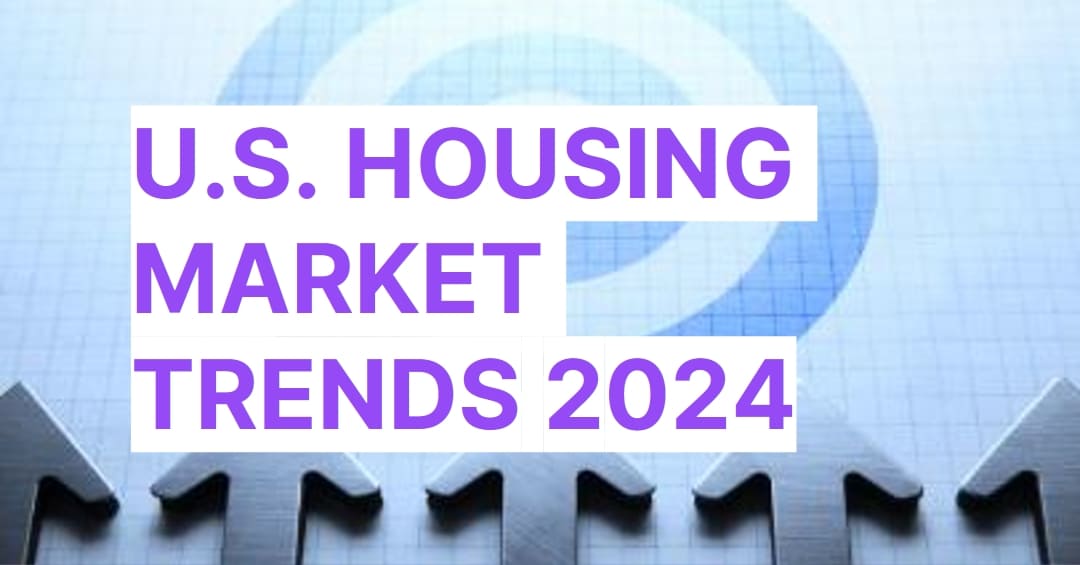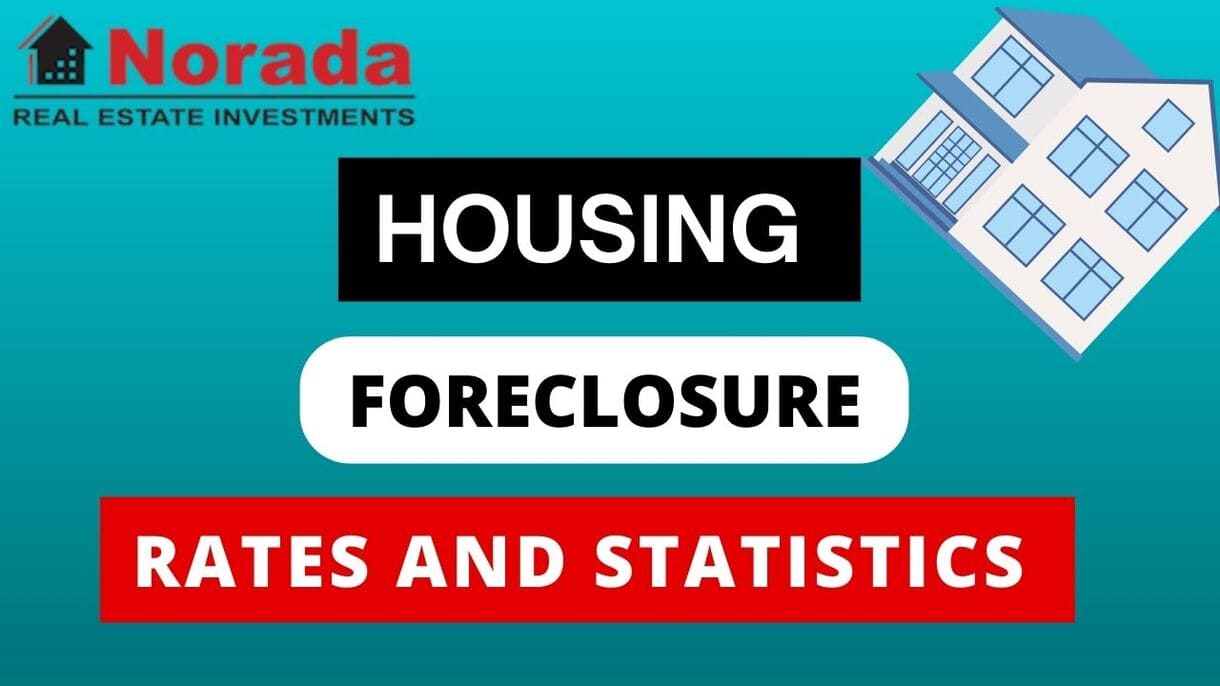A recent report from the National Association of Realtors reveals a concerning trend in the housing market. Despite an increase in the number of potential home buyers, total home sales plunged by more than 4% in March. This decline is attributed to several factors, including soaring interest rates and escalating home prices.
Aspiring home buyers are encountering significant obstacles in their quest to purchase a home, with sky-high interest rates deterring many buyers and escalating home prices pricing out potential buyers, particularly those with moderate incomes.
The decline in home sales despite increased buyer interest indicates that demand is being hampered by affordability challenges, potentially leading to broader economic implications such as a slowdown in economic growth and a potential oversupply of homes on the market, impacting the overall health of the housing market.
Existing-Home Sales Experience a Dip, Yet Prices Persistently Ascend
The latest insights from the National Association of Realtors (NAR) unveil a mixed bag for the housing market in March 2024. While existing-home sales saw a decline of 4.3 percent from February and a 3.7 percent dip from the preceding year, the median sale price soared to new heights, reaching $393,500, marking a substantial 4.8 percent increase from March 2023.
Despite the drop in sales, the housing sector continued to witness a surge in prices, painting a nuanced picture of the market's dynamics. Lawrence Yun, Chief Economist at NAR, elucidated on this intricate scenario, attributing the stagnation in sales to a blend of persistent mortgage rates and a deficiency in inventory. Although mortgage rates remain below the pinnacle of 8 percent briefly witnessed in October 2023, they are showing a discernible upward trend, further affecting buyer sentiment.
Regional Variations
Delving into regional nuances, the data reveals disparities in sales performance across different parts of the country. In the West, sales plummeted by 8.2 percent from the previous month and 3.7 percent from the previous year. Similarly, the South experienced a notable decline of 5.9 percent month-over-month and 5 percent year-over-year. Conversely, the Northeast saw a modest uptick of 4.2 percent in monthly sales, albeit accompanied by a 3.8 percent decrease in yearly figures. The Midwest experienced a marginal decline of 1.9 percent in monthly sales and a 1 percent dip annually.
Price Escalation Continues
Despite the fluctuations in sales, the trajectory of home prices continues to ascend, marking the ninth consecutive month of year-over-year increases. The median sale price surged to $393,500 in March, showcasing a remarkable 5.7 percent uptick from the previous year. This consistent rise in prices reflects the enduring demand for residential properties amidst evolving market conditions.
The regional breakdown further underscores the divergent trends in pricing dynamics. The West maintains its lead with a median price of $603,000, reflecting a substantial 6.7 percent increase from the previous year. Similarly, the Northeast witnessed a notable surge of 9.9 percent, reaching a median price of $434,600. In comparison, the South and Midwest witnessed more moderate increases, with median prices rising by 3.4 percent and 7.5 percent, respectively.
Inventory Challenges Persist
While the surge in prices paints a rosy picture for sellers, the inventory conundrum continues to pose challenges for prospective buyers. Despite a marginal improvement of 4.7 percent from February and a substantial 14.4 percent from the previous year, total housing inventory stands at a mere 1.11 million units by the end of March. This meager supply translates to a 3.2-month inventory, significantly below the optimal threshold of five to six months required for a balanced market.
Lawrence Yun emphasized the pressing need for more inventory to alleviate the strain on the market. However, the sharp increase in mortgage rates observed in recent months has deterred many homeowners from listing their properties, exacerbating the supply-demand imbalance. With rates more than doubling from the lows of 3 percent seen a few years ago, homeowners are understandably hesitant to venture into the market.
While the housing market grapples with fluctuating sales and persistent inventory challenges, the enduring price surge underscores the resilience of demand in the face of evolving market dynamics. As stakeholders navigate these uncertain times, a concerted effort to address the supply-demand imbalance is imperative to foster a healthier, more balanced market ecosystem.
Projected Future Housing Market Trends
Buyers may have more leverage in negotiations in 2024, but the market is still competitive in many areas. The housing market has been cooling down since last year, but it's still too early to say whether it will be a buyers or sellers market. Some areas are becoming more buyer-friendly and others remain seller-friendly.
Here are some factors that are contributing to this shift in the housing market to become more buyer-friendly:
- Rising interest rates: Mortgage rates have been rising since last year, making it more expensive for buyers to finance a home. If it continues this year, this is expected to slow down demand and give buyers more leverage in negotiations.
- Rising inflation: Inflation is also on the rise, which is making it more expensive for everyone to live, including homeowners. This could lead to some sellers being more willing to sell their homes at a lower price.
- Increasing inventory: The supply of homes for sale is slowly starting to increase, which is also giving buyers more options.
The cooling of the housing market could be terrible news for sellers, but for buyers, it's great. Yet there is still the problem of sky-high mortgage rates. The bright side is that if buyers hold off, the supply of homes will increase, putting further pressure on sellers to decrease prices. This would constitute a long-overdue course correction for the housing market. Mortgage rates are skyrocketing. Home sales are declining. Supply is improving. We are witnessing a sharp slowdown in the housing market due to higher mortgage rates.
Housing Market Trend #1: Increasing Demand for Affordable Housing
The demand for affordable housing is one of the most pressing issues in the housing market. The rise in housing prices, combined with stagnant wages, has made it difficult for many individuals and families to find safe and secure housing. In 2023, it is expected that access to affordable housing will continue to be a challenge. Innovative solutions will be necessary to address this issue and provide affordable housing options for those in need.
Housing Market Trend #2: Shift toward Suburban and Rural Areas
The COVID-19 pandemic has caused many people to reevaluate their living arrangements, with larger homes and more space becoming increasingly important. This shift in priorities could result in a greater demand for housing in suburban and rural areas, leading to higher prices. This trend is expected to continue in 2023, especially as remote work becomes more prevalent.
Housing Market Trend #3: Rising Home Prices
Despite the economic impact of the pandemic, housing prices have continued to rise due to limited supply and high demand. While this is good news for homeowners, it could make it more difficult for some individuals to enter the housing market. The trend toward rising home prices is expected to persist in 2023, particularly in urban areas where the supply is limited.
Housing Market Trend #4: Stricter Mortgage Standards
As the economy recovers and interest rates rise, mortgage lenders may become more cautious about who they lend to. This could make it more difficult for some individuals to qualify for a mortgage and realize their dream of homeownership. Stricter mortgage standards are a potential barrier for those seeking to enter the housing market.
Trend #5: Increased Investment in Technology
The pandemic has accelerated the adoption of technology in the real estate industry, with virtual home tours and digital transactions becoming more common. This trend is expected to continue in 2023, with technological investments helping to streamline the home buying and selling process. Technology could also play a role in addressing the challenge of affordable housing, with innovations such as modular homes and 3D printing.
Hence, the housing market in 2023 will be shaped by economic, social, and technological factors. While predicting the future is never easy, understanding these trends can help individuals and policymakers make informed decisions about the housing market. It is important to address the challenge of affordable housing, as well as the potential barriers to homeownership such as rising home prices and stricter mortgage standards. Technological innovations are also likely to play a critical role in shaping the housing market in the coming years. By keeping these trends in mind, stakeholders can work towards creating a housing market that is equitable, accessible, and sustainable for all.
Benefits for Homebuyers in 2024's Housing Market
There are a few potential benefits for homebuyers in the current real estate housing market:
- More choices: While the supply of homes on the market is still relatively low, it has increased slightly in recent months. This means that potential homebuyers may have more options to choose from when looking for a home. The number of new homes available on the market also increased in February, which means that potential homebuyers have more options to choose from.
- Slower price growth: Although home prices are still rising, the pace of growth has slowed down in some areas. This could make it easier for homebuyers to afford a home in certain markets.
- Easier negotiations: In a slower housing market, sellers may be more willing to negotiate on the price of their home or other terms of the sale. This could give homebuyers more bargaining power and help them get a better deal on a home.
- Lower prices: While the median price of a new home rose slightly from a year ago, the increased inventory could lead to greater competition among sellers, potentially driving down prices.
- Leading indicator: New home sales are considered a leading indicator for the housing market, meaning that an increase in new home sales could signal a positive trend for the housing market overall. This could be good news for potential homebuyers who may be hesitant to enter the market during a downturn.
Looking ahead to 2024, the US housing market, key trends and factors will shape the real estate landscape. These include the influence of interest and mortgage rates on buyer demand, the persistent challenge of limited housing inventory, steady growth in home prices, and concerns over affordability for potential buyers.
Generational shifts and the impact of remote work will also shape housing preferences, while government policies and regional variations will contribute to market dynamics. Overall, staying informed and adaptable will be crucial for navigating the evolving housing landscape in the coming months.
One key factor to watch is the potential impact of policy considerations, such as a temporary reduction in capital gains tax on investment property sales. If implemented, this measure could stimulate the market by increasing housing inventory, sales, and overall economic growth. Policymakers will need to carefully evaluate and balance the potential benefits of such measures against any unintended consequences.
Addressing the challenges of housing inventory and supply levels will be critical moving forward. Collaborative efforts among policymakers, industry professionals, and stakeholders will be necessary to find sustainable solutions. Encouraging an increase in housing inventory will help meet the demand from prospective buyers and potentially stabilize prices.
Localized data and insights will continue to be essential for making informed decisions. Consulting with local associations of REALTORS® and utilizing data from local multiple listing services (MLS) can provide accurate and detailed information specific to particular areas. This will help individuals and businesses navigate market conditions effectively and make strategic choices.
Monitoring forthcoming releases of key indicators, such as the Pending Home Sales Index and Existing-Home Sales data, will offer valuable insights into the evolving trends and dynamics of the real estate market. Staying informed and adaptable to changing conditions will be crucial for making well-informed decisions and seizing opportunities in this dynamic landscape.
While challenges persist, the real estate market also presents opportunities for growth and investment. With careful analysis of market conditions, consideration of policy measures, and collaboration among industry stakeholders, the real estate sector can strive toward a more balanced and sustainable future in 2024.
Sources:
- https://www.realtor.com/research/
- https://www.zillow.com/home-values/
- https://www.bankrate.com/mortgages/todays-rates/
- https://www.nar.realtor/research-and-statistics/housing-statistics/
- https://www.nar.realtor/research-and-statistics/housing-statistics/housing-affordability-index




